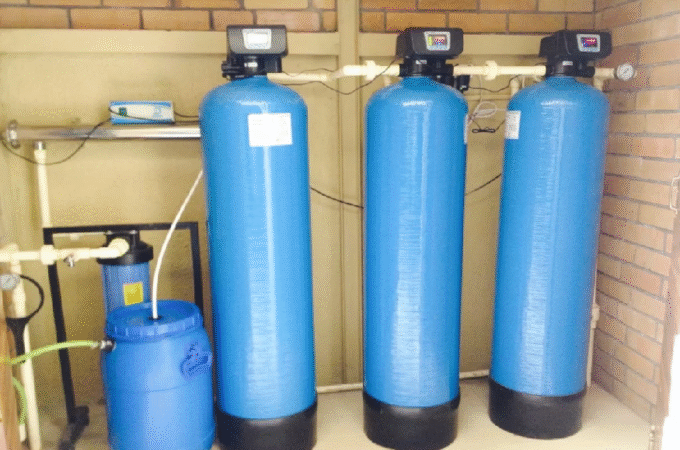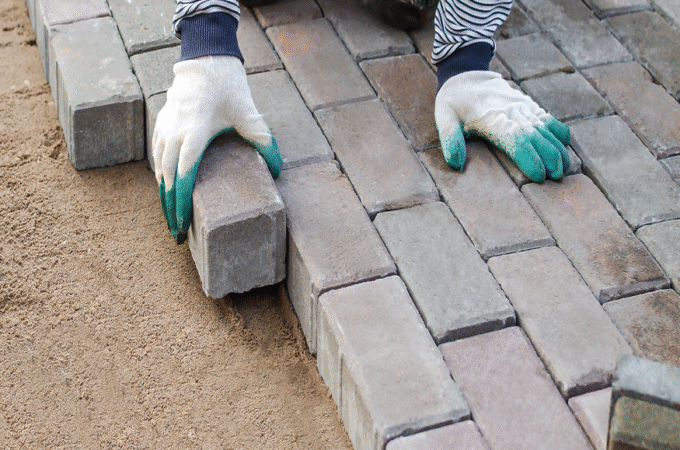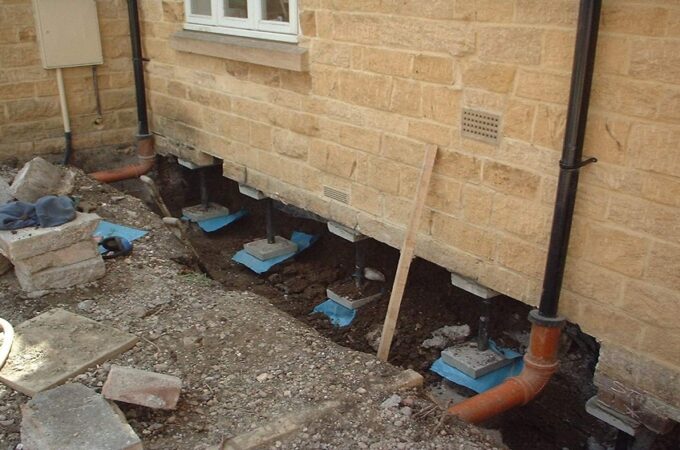
What Precautions Should I Take to Prevent Mold After a Flood
Experiencing a flood in your home is an ordeal no homeowner wants to face, yet it’s a reality for many, especially in areas like Toronto where water damage can be a recurrent issue. The immediate aftermath of a flood is crucial; it’s not just about cleaning up the water, but also about preventing further complications, particularly mold. Mold growth post-flooding is a significant concern, as it can cause health problems and further damage to your property.
Immediate Steps Post-Flooding
The first few hours after a flood are critical in preventing mold growth. Your priority should be to remove as much water as possible from your home. If the flood is localized and manageable, use mops, towels, and buckets to get rid of the water. For extensive water damage, it’s wise to call a professional water and mold removal company. These professionals have the necessary equipment to remove water quickly and efficiently, reducing the chances of mold growth.
Ensuring Proper Ventilation
Once you’ve removed the excess water, focus on drying out your home. Good ventilation is key in this process. Open all windows and doors to allow air to circulate. If you have fans, use them to help dry out the rooms. Air movement is crucial in preventing mold, as it helps evaporate the moisture that mold spores thrive on.
Dehumidifying the Affected Areas
Along with ventilation, dehumidification plays a vital role in preventing mold. In Toronto homes, where humidity levels can be high, using dehumidifiers can be particularly effective. These devices help maintain lower humidity levels, creating an environment where mold is less likely to grow. Place dehumidifiers in the most affected areas and regularly empty the collected water.
Removing Wet Items
Mold loves damp, organic materials, so it’s important to remove wet items from your home as soon as possible. Carpets, rugs, upholstery, and bedding that have been soaked should be taken outside to dry. In some cases, especially where water damage is severe, you may need to discard these items.
Cleaning and Disinfecting Surfaces
Cleaning and disinfecting all surfaces is a crucial step in mold prevention. Use disinfectants on floors, walls, and other surfaces that were in contact with floodwater. This not only helps to prevent mold but also eliminates bacteria and viruses that can be present in floodwaters.
Checking Hidden Areas
Mold can grow in hidden areas where water might have seeped in, like behind walls, under floors, or in attics and basements. Inspect these areas for signs of water damage and mold growth. If you suspect mold in these hidden spaces, it might be time to call a professional. They can assess the situation and take the necessary steps to remove the mold safely.
Monitoring Humidity Levels
Even after the initial cleanup, it’s important to monitor the humidity levels in your home. Keep an eye on the humidity level and maintain it below 50%. This can be done using a simple hygrometer, a device that measures humidity levels.
Regular Inspections and Maintenance
Regular inspections of your home, especially areas prone to moisture like bathrooms and kitchens, can help you spot potential mold issues before they escalate. Ensure that your home is well-maintained, with no leaks or damp spots.
Professional Water Damage Cleanup
For extensive water damage, the best course of action is to hire a professional water damage cleanup company in Toronto. They have the expertise and equipment to handle large-scale water damage and prevent mold growth. These companies can also help in restoring your home to its pre-flood condition, ensuring that all areas are dry, clean, and safe.
Preventing Mold
Preventing mold after a flood requires quick action, thorough cleaning, and ongoing vigilance. By following these steps, you can significantly reduce the risk of mold growth in your home. Remember, the key to mold prevention is moisture control. Keep your home dry, clean, and well-ventilated, and don’t hesitate to seek professional help if the water damage is beyond your ability to manage. In a city like Toronto, where water damage is not uncommon, being prepared and knowing how to respond can make all the difference in protecting your home and health from the risks of mold.





